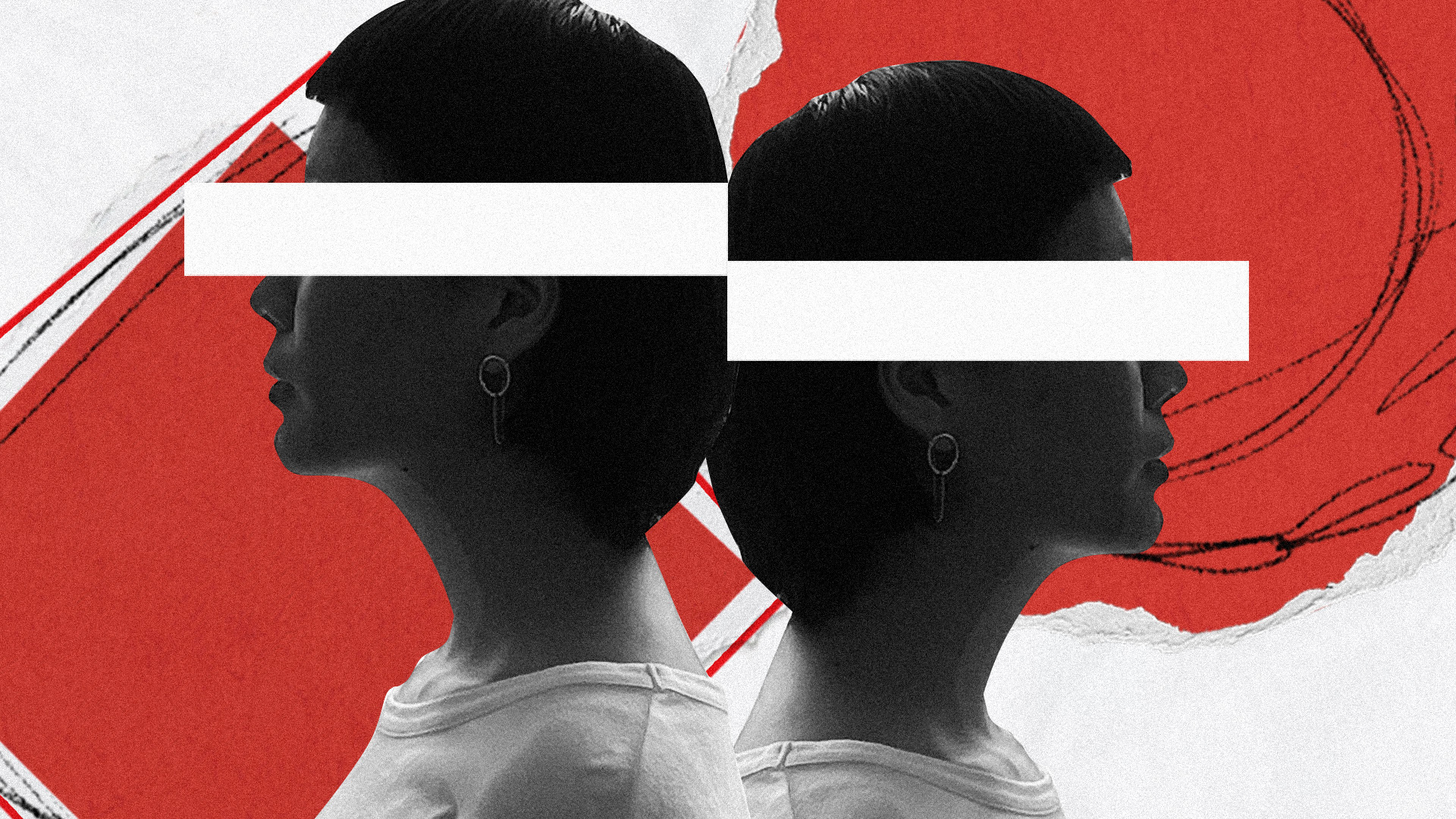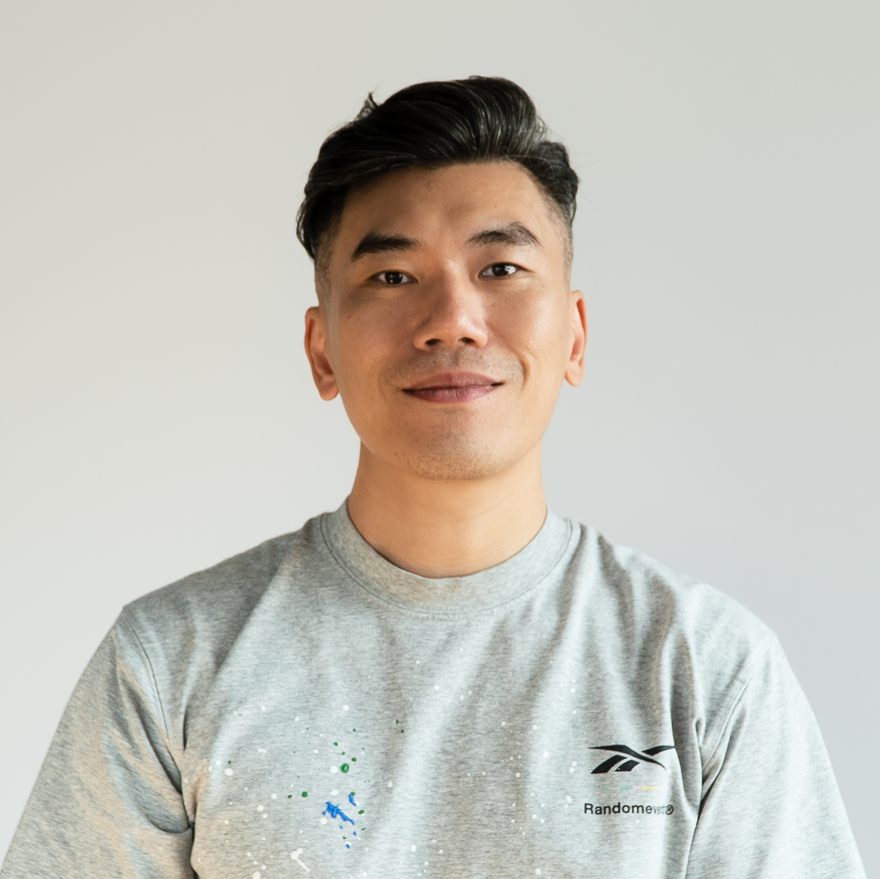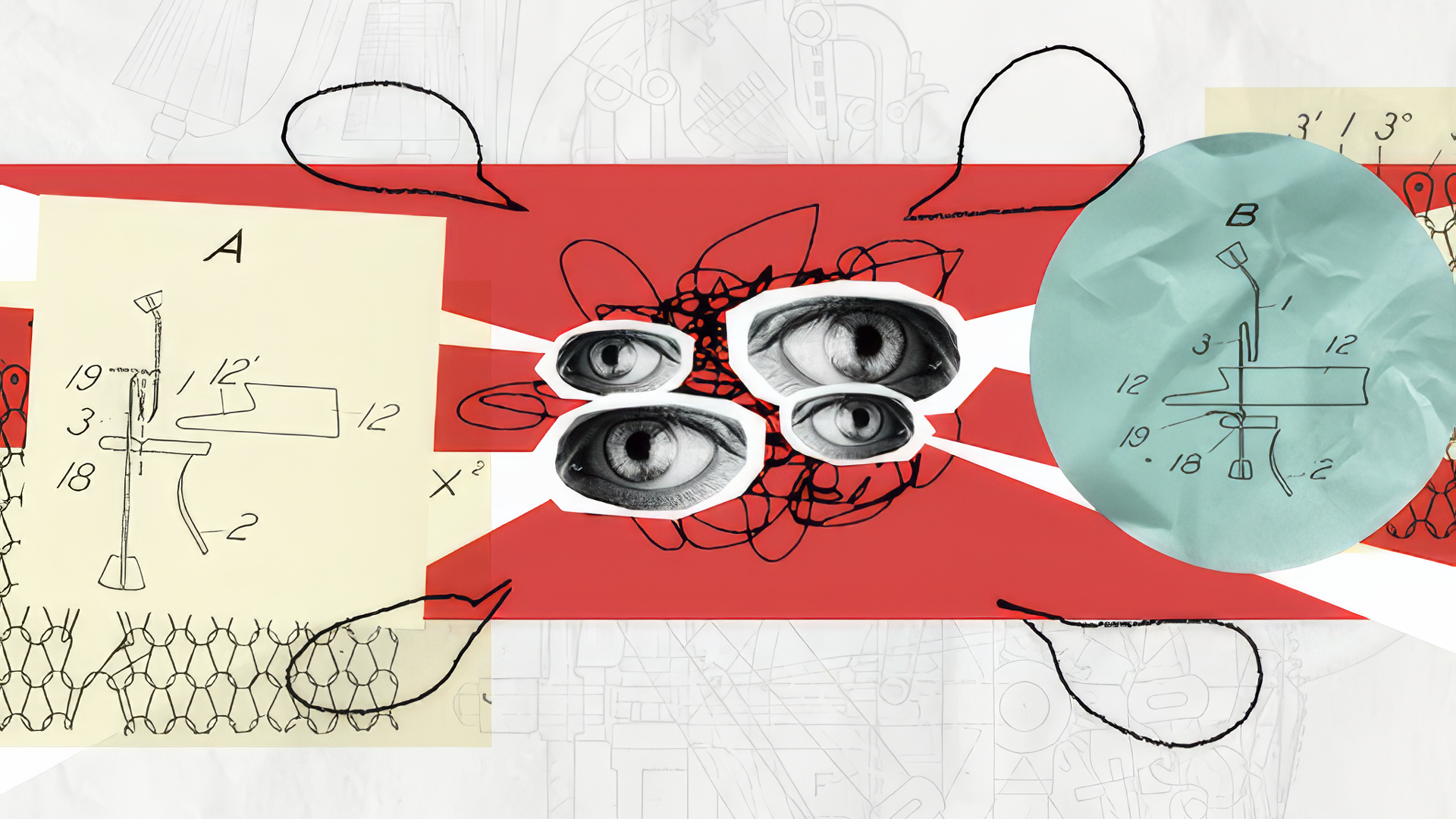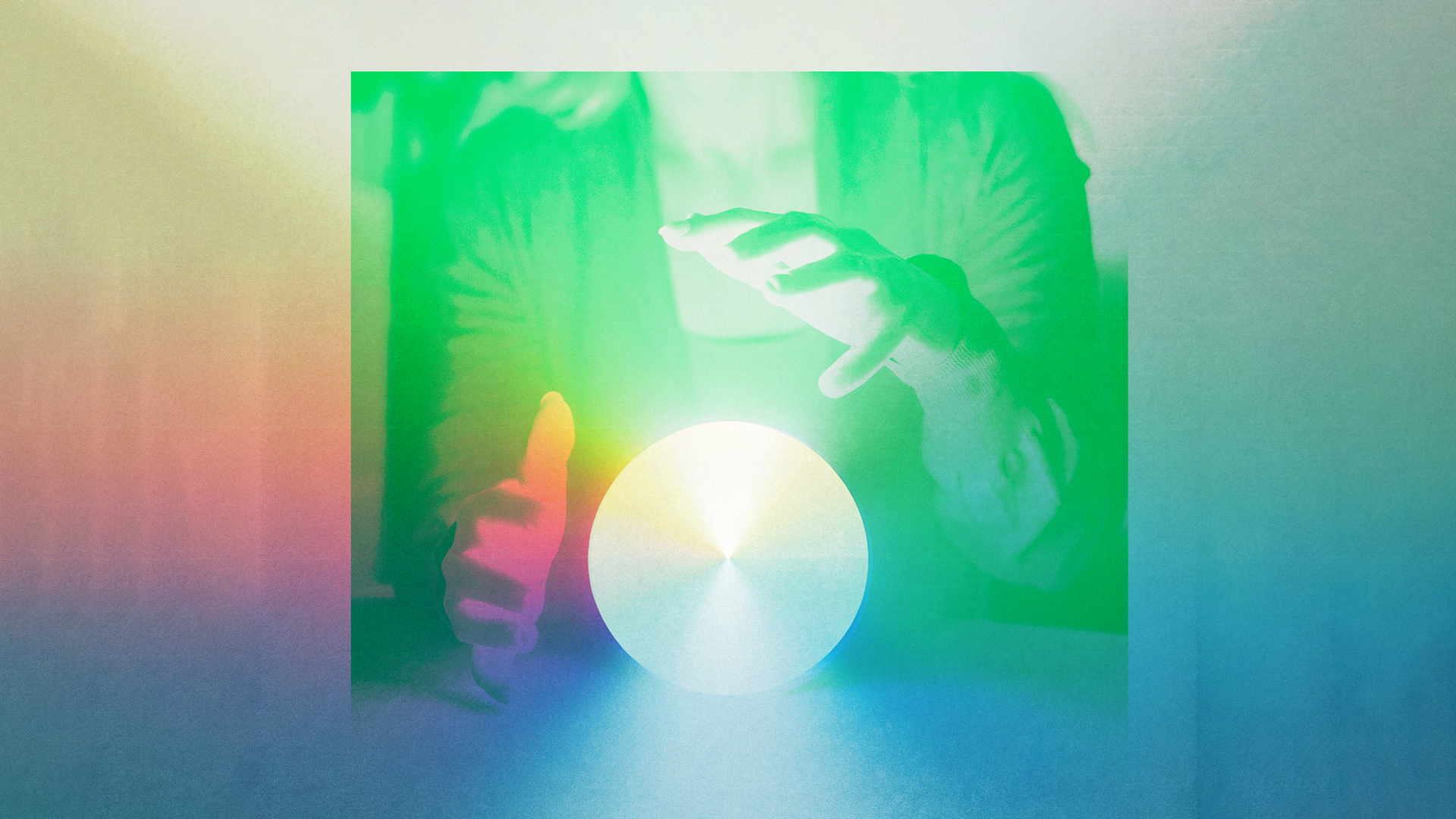Creating space for innovation within rigorous internal processes

As companies grow and their internal processes mature, the concept of innovation can start to feel like a contradiction.
On the one hand, product development processes are built for good reason: They bring structure, reduce risk, and ensure that what goes to market is feasible and viable. I’ve seen this firsthand across various industries, including mobility, real estate, home goods, and consumer products. Rigor is essential when you’re investing in a launch.
But here’s the rub: Those same processes that build confidence often constrain the ambiguity and risk that innovation demands. Design thinking is often touted as the solution, a concise methodology to inject creativity. But how does that square with a stage-gate model built to de-risk and control?
Is it a matter of choosing one or the other? Or is there a way to bridge the gap?
Here’s how one team figured it out.
The familiar question
“How can we integrate design thinking into our product development process?”
It’s a question I’ve heard many times in my career, and this time, it came from an engineer I was coaching on the R&D team at the headquarters of a globally renowned retailer in China.
The team leader had an ambitious vision: leverage their proximity to China’s robust supply chain and dynamic consumer market to build the world’s leading retail R&D center. A critical step was enhancing the engineers’ creativity and critical thinking skills, moving them beyond task execution toward collaborating more closely with their cross-functional partners to design solutions that meet real consumer needs.
That’s where IDEO came in. Building on an earlier innovation project, we embedded designers as advisors and coaches directly into their product development process.
In one of our sessions, the engineers had mapped out their four key development stages on a whiteboard:
- concept discovery
- product development
- product qualification
- launch
They had also been taught that design thinking contains four key steps.
“Maybe there’s a one-to-one match?” one engineer asked, hoping I could align each development stage with a corresponding design thinking step.
It was a reasonable guess, but not quite how design thinking works.

Getting past process
That day’s focus was prototyping and testing. At first glance, it seemed to align with the third stage of their product development process: product qualification.
“How does IDEO do prototyping and testing?” they asked. “At what stage should we use it? What role does it play?”
Instead of jumping into an explanation, I suggested an experiment.
“Let’s forget about process labels for a moment,” I said. “Write down all the questions you want to explore through prototyping, regardless of which stage or methodology they supposedly belong to.”
Before long, each engineer had a handful of sticky notes with their questions written on them.
“Now map these to your actual development stages based on when you’d naturally ask them.”
When they placed their questions across all four stages of their product development process, something clicked. They could suddenly see that design thinking wasn’t competing with their process.
“Can this product store spices?” belonged in the early concept discovery phase, where prototyping could help define the product.
“Does the product stay stable during movement?” fit into the product qualification phase, where prototyping could test structural performance.
Prototyping was clearly valuable across all stages.
The same is true for all the other so-called steps of design thinking: finding inspiration in consumer needs, translating needs into design opportunities, and generating concepts. They’re not fixed stages to complete in order; they’re ways of thinking and working that help teams ask better questions, explore possibilities, and make informed decisions, regardless of where they are within their own internal processes.
A mindset shift, not a process replacement
Back to the original question: “How can we integrate design thinking into our product development process?”
The answer, it turns out, isn’t about fitting one process into another.
Through the sticky note exercise, the engineers understood that design thinking and product development aren’t competing methodologies. Design thinking could add value by bringing curiosity, questioning, testing, and making ideas tangible throughout their existing process.
This insight shaped our collaboration model: embedding consultation sessions into real projects rather than trying to overhaul their established ways of working. We weren’t disrupting cross-department collaboration or the high-stakes requirements of mass production. We were expanding the potential for innovation and experimentation within their existing framework.
The results are still unfolding, but the engineers are already applying design thinking mindsets to ask meaningful questions, explore solutions, and test ideas, helping them think more expansively, make thoughtful trade-offs, and push concepts further.
That’s the bridge between structure and creativity: not new processes, but new ways of thinking within the ones you already have. Practiced over time, those habits make innovation both sustainable and rigorous.
“The Making Of” is a series of behind-the-scenes articles by IDEO Shanghai designers about our innovation methods and work with major clients across various industries in China.
Words and art


Subscribe

.svg)









